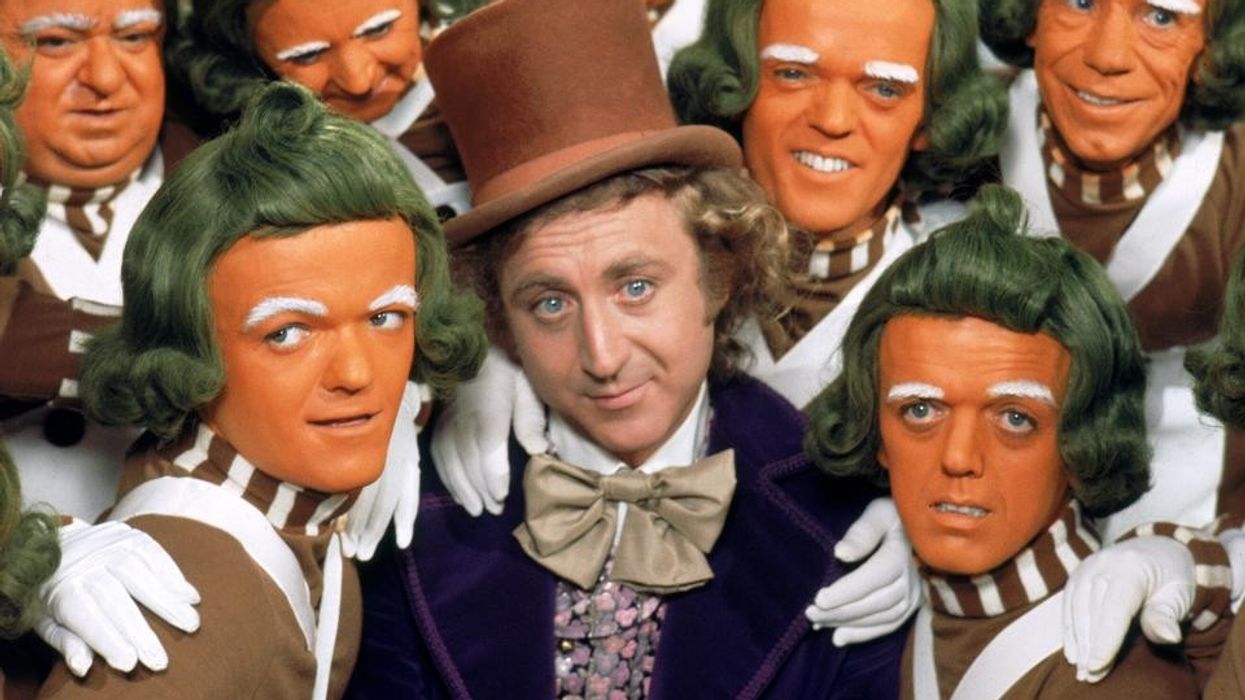Watch: Why Costume Designers are the Secret Heroes of Cinema
Just like in the real world, what a character wears says an awful lot about them.

Movies become classics in part when all the production design elements come together, and one of the most important contributors to this fact is the costume designer. Of course, costume design is just one of the many storytelling tools filmmakers have at our disposal. But the costume designers don’t often get the recognition they deserve; they immerse us in worlds secretly and effectively and lend a huge hand in world building.
Behind every character is a meticulously chosen wardrobe. The costume can be flashy or blend into the world completely, but ultimately it gives us a better idea of who the character is and even what the world is like that surrounds them.
Whether the costume designer's intention is immersion or separation for their character, Now You See It's video essay below shows how crucial the wardrobe of characters like Princess Leia, Scarlett O’ Hara, and even Willy Wonka have been to the success of their films.
Period pieces are all well and good, but the costume designer's ultimate goal should be to make authentic and believable people on the screen no matter what the era, rather than just actors playing dress up.
The challenges of immersive costuming are manifold. Take into consideration the work of Edith Head, winner of eight costume design Academy Awards. The legendary designer was often asked to make costumes that took place in present day. The problem was, by the time the movie came out, the outfits she had created were already dated. In order to solve this problem, she changed up her strategy and would start anticipating future fashions to incorporate into her work.
"Fashion is not the primary effort in motion pictures, it’s to tell the story.”
Eventually, this led to her fundamental philosophy of making something look modern, while not tying herself down to a specific trend. Now, when modern designers look back to develop costumes for period pieces, they don’t zero in on specific trends, but rather hone in on the general aesthetic of the era as a whole.
“Fashion is not the primary effort in motion pictures, it’s to tell the story,” Head remarked. Ultimately, costuming is supposed to support the story and style of your film, whether it’s realist, surrealist, formalist or abusrdist.











